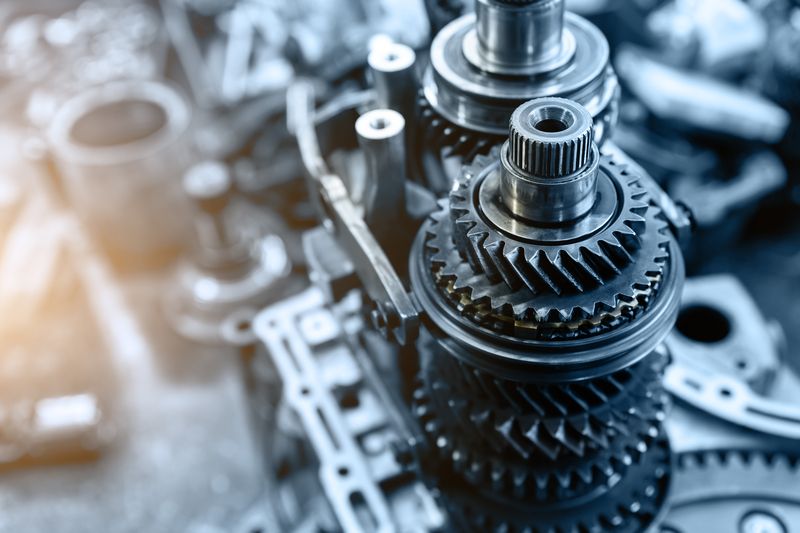Vehicle Noise, Vibration, and Harshness (NVH) refers to the three interrelated aspects that greatly influence the overall driving experience. Noise, vibration, and harshness can be perceived by passengers as annoying, uncomfortable, or even detrimental to their well-being. Addressing NVH challenges is vital for automakers to create vehicles that not only meet performance standards but also deliver a smooth and enjoyable ride.
Steel's contribution to noise reduction
Steel, known for its strength and durability, acts as an effective barrier against external noise entering the vehicle cabin. By strategically incorporating steel components in various vehicle structures, such as the chassis, body panels, and doors, manufacturers can significantly reduce the impact of external sounds, contributing to a quieter and more peaceful driving environment.
There is a special kind of vibration-reducing device called a metal-net isolator. This device is made up of a network of stainless steel and metal wires. When something pushes or pulls on this stainless steel network, the metal wires in it move. This movement creates what is called 'dry friction' – a kind of resistance that helps in soaking up energy.
Role of steel in enhancing Noise, Vibration, and Harshness (NVH) vehicle performance


This soaking up of energy is important because it helps to lessen vibrations. Imagine if you push on a spring; it bounces back. But with the metal-net isolator, when you push on it, it doesn't bounce back as much because it's busy soaking up that push energy. This makes it really good at reducing shakes and trembles, whether they come from the device itself or from outside sources. In simpler terms, this metal-net isolator is like a cushion that absorbs shocks, making things less shaky and more stable.
Advanced high strength steel in NVH components
Weight savings through thinner steel:
Traditional applications of Dual Phase (DP) hot rolled steel have focused on large components like frame members due to their good strength-to-weight ratio. A higher strength-to-weight ratio indicates a material that is both strong and lightweight, making it ideal for engineering and construction. However, NVH components, often known for being heavy, because they need to effectively reduce noise and vibration, present a new frontier for weight reduction.
Thinner steel sheets can be employed without compromising the design requirements of NVH components. This not only contributes to a lighter overall vehicle but also holds the potential for cost savings in material usage.
Overcoming secondary forming challenges
Historically, challenges in secondary forming processes have limited the range of parts produced using DP steel. NVH components, with their complex shapes and requirements, have faced similar limitations.
Advances in manufacturing techniques and process optimisation now enable the successful production of intricate NVH components using DP steel - having microstructure of a soft ferrite phase as substrate and a hard martensite phase as dispersed islands. It's very strong yet still ductile (meaning it can bend without breaking). This breakthrough widens the scope of applications and enhances design flexibility.

Tailored fatigue properties for NVH applications
The fatigue properties of DP steel align well (meaning it can endure stresses of constant loading and unloading) with the demands of NVH components. These parts often experience cyclic loading and dynamic stresses, making fatigue resistance a critical factor in their performance.
DP steel's tailored microstructure and composition offer enhanced fatigue strength, ensuring the longevity and reliability of NVH components under real-world driving conditions.
By integrating these solutions into the design, engineering, and manufacturing processes, automotive manufacturers can achieve a harmonious balance between performance, comfort, and NVH characteristics, ultimately delivering vehicles that meet or exceed customer expectations.
Buy online
Mild SteelStainless SteelStructural SteelTMTCementJSW One MSME
About usBlogsSitemapJSW One TMTPolicy
Terms & conditionsPrivacy policyReturn policyBanking partner


 +91 7208055523
+91 7208055523
 Help & support
Help & support
